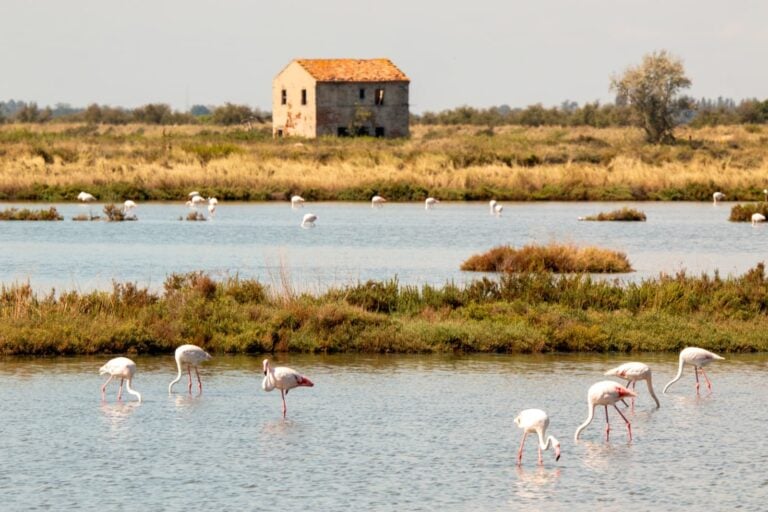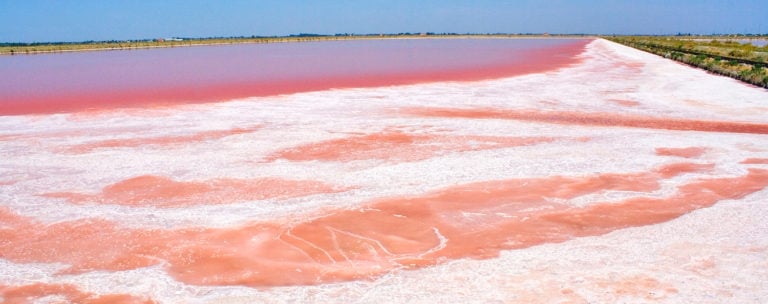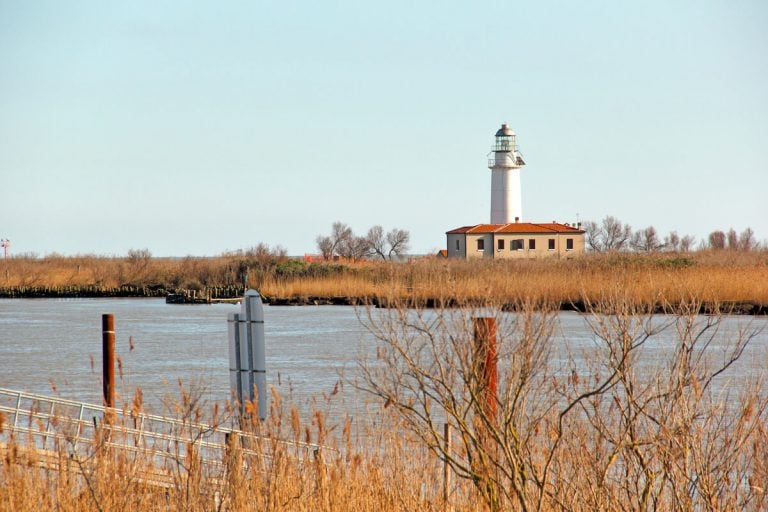Nothing is more beneficial than salt and sun (Pliny the Elder)
Sometimes, an extra touch of salt in life could enrich our days and make us see the world around us with completely different eyes. That touch of salt might be, for example, the desire to travel, to reach new destinations and to get to know the reality that just a second before you didn’t even know existed.
Emilia Romagna stands out for its extraordinary cities of art, suggestive villages and breathtaking views that deserve a visit. In this mare magnum of places to dive into, you can see unusual locations that are hard to find anywhere else.
If you move along the coastline of the Adriatic Sea, inside the Po Delta Park, the area between Cervia and Comacchio has been preserving for more than 2,000 years big natural reserves connected with the salt production.
It’s the ideal destination for those who are in search of extremely particular experiences in direct contact with nature, relax and good food.
Thousands of hectares of sweet and salt waters welcome flamingos, black-winged stilts, pied avocets and many other protected species that every year choose to stop here during their eternal migration between the hot and cold areas of the Planet.
Over the centuries, next to them, the knowing hand of man has been able, with tenancy and stubbornness, to domesticate these places, creating big ponds and canals for the salt production, that today appear as huge windows, suspended in nothingness, in which the sky reflects itself.
The SALT PANS OF CERVIA
No one can talk about Cervia without mentioning its salt pans.
After all, the story of this old maritime village in the province of Ravenna perfectly traces the package of this element that, still today, is produced and sold.
All of you surely heard someone talking about the sweet salt of Cervia at least once: it’s a type of “whole” sea salt with the peculiarity that it’s sweet, as it does not contain those organoleptic elements that confer the typical bitterish aftertaste.
Southern access of the big Po Delta Park, the salt evaporation pond of Cervia is considered a natural and panoramic environment of extraordinary beauty and suggestion.
Summer is certainly the best period to visit it: from July to September, the activities are more frequent and you can see the salt collection carried out with the old traditional method.
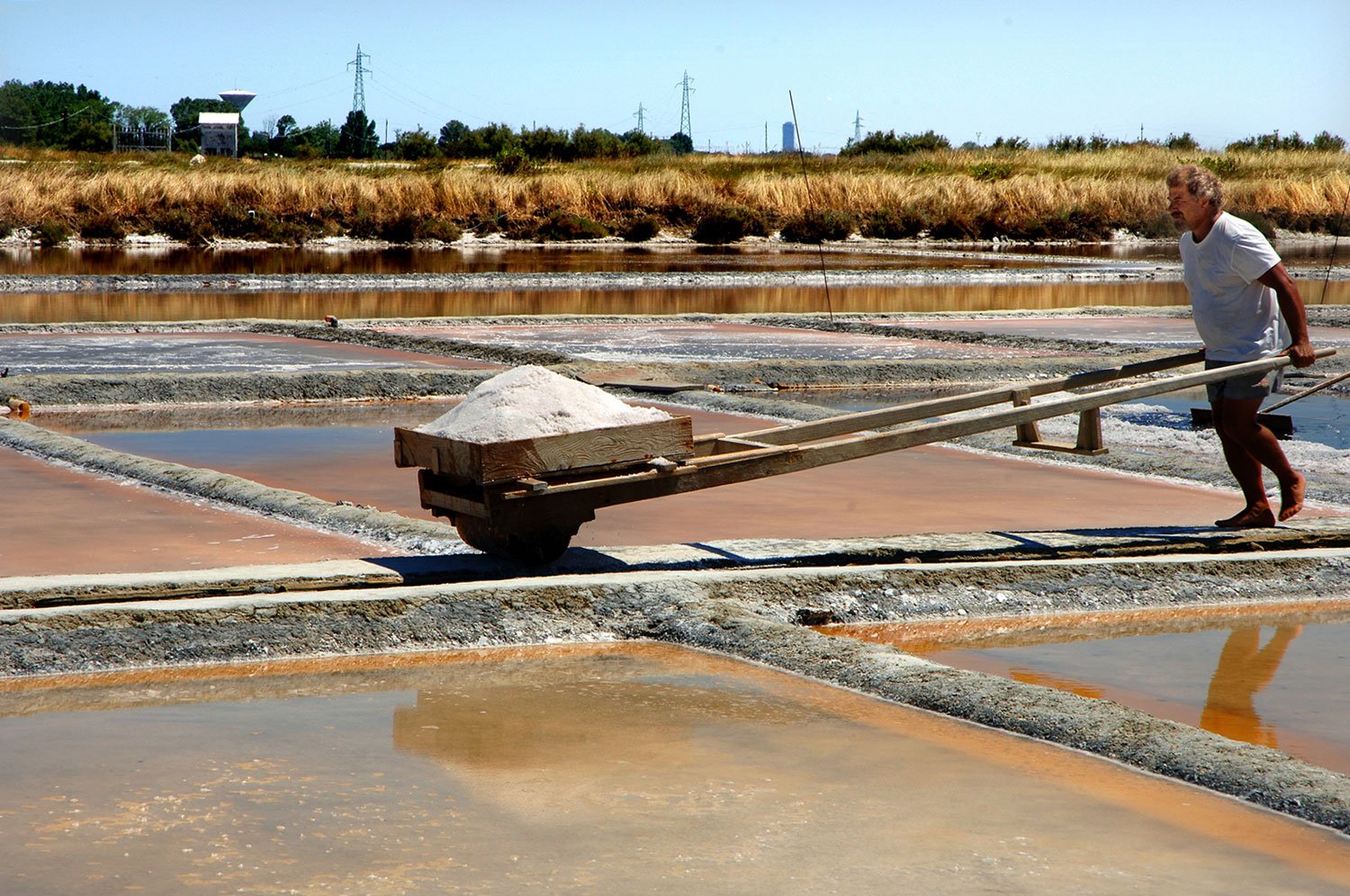
The visitor centre, which is a meeting point for nature and avifauna lovers, organises guided tours on foot, by bike or on the electric boat for families, schools and birdwatching and natural photography lovers.
On the benches and dunes of the opposite pond, little colonies of migratory birds (pied avocet, black-winged stilts, etc.) together with hundreds of birds stop here during the different periods of the year; the flamingos, for instance, have already become a sort of mascot in this area.
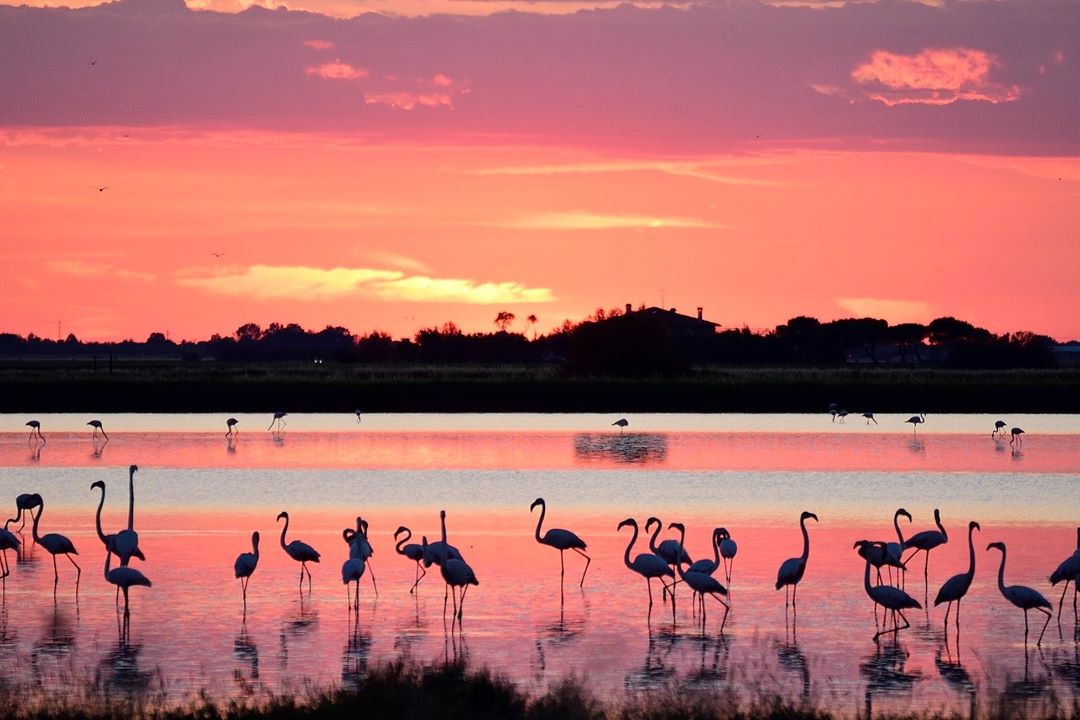
Beyond the more naturalistic aspects, during the guided tours, you can deepen some themes as concerns the historical and economic aspects of the salt production.
To end your nature experience, you might visit the salt pond Salina Camillone, turned into an interesting open-air museum aimed at recovering the activity and culture of the salt workers, or, in the centre of Cervia, at the 17th century- Salt Storehouses that today host MUSA – the Salt Museum.
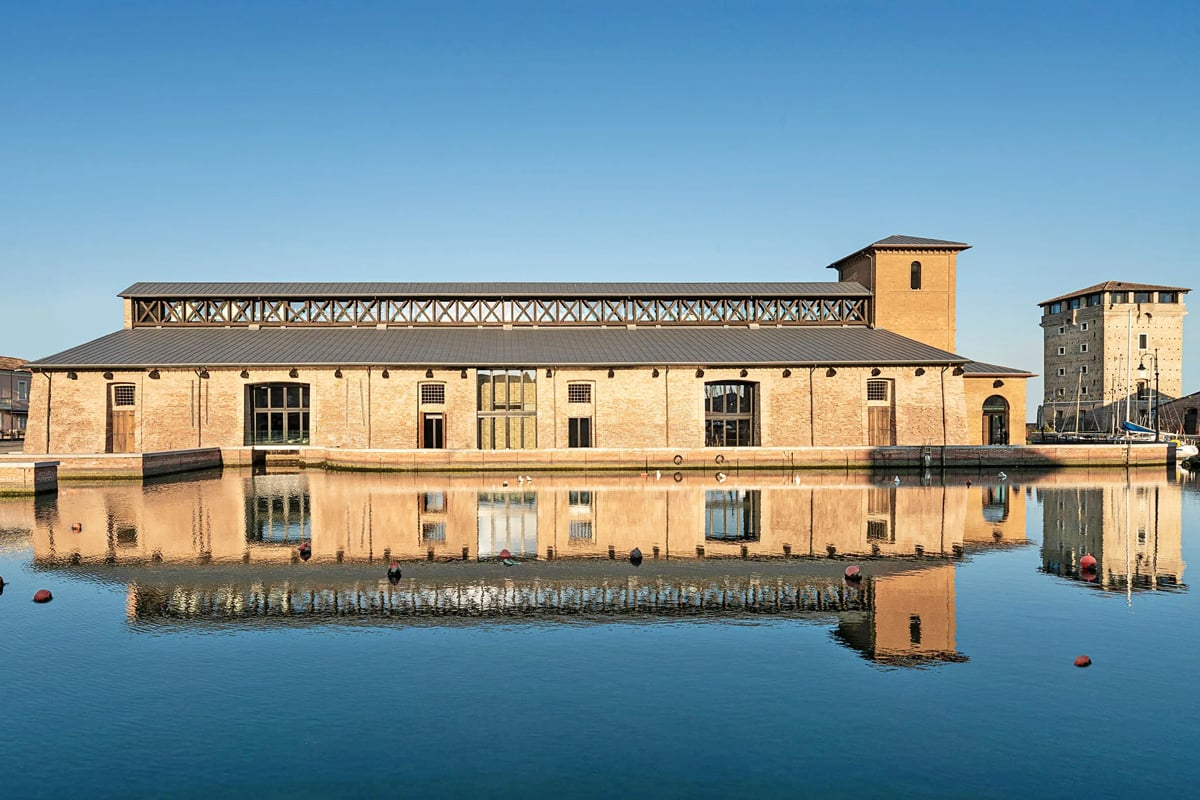
The SALT PANS OF COMACCHIO
Over a 600 hectares area behind Lido Degli Estensi, in the province of Ferrara, the Salt Pans of Comacchio, although it still preserves the plant built during Napoleon’s age, witnesses how all this area was used since Antiquity to extract salt.
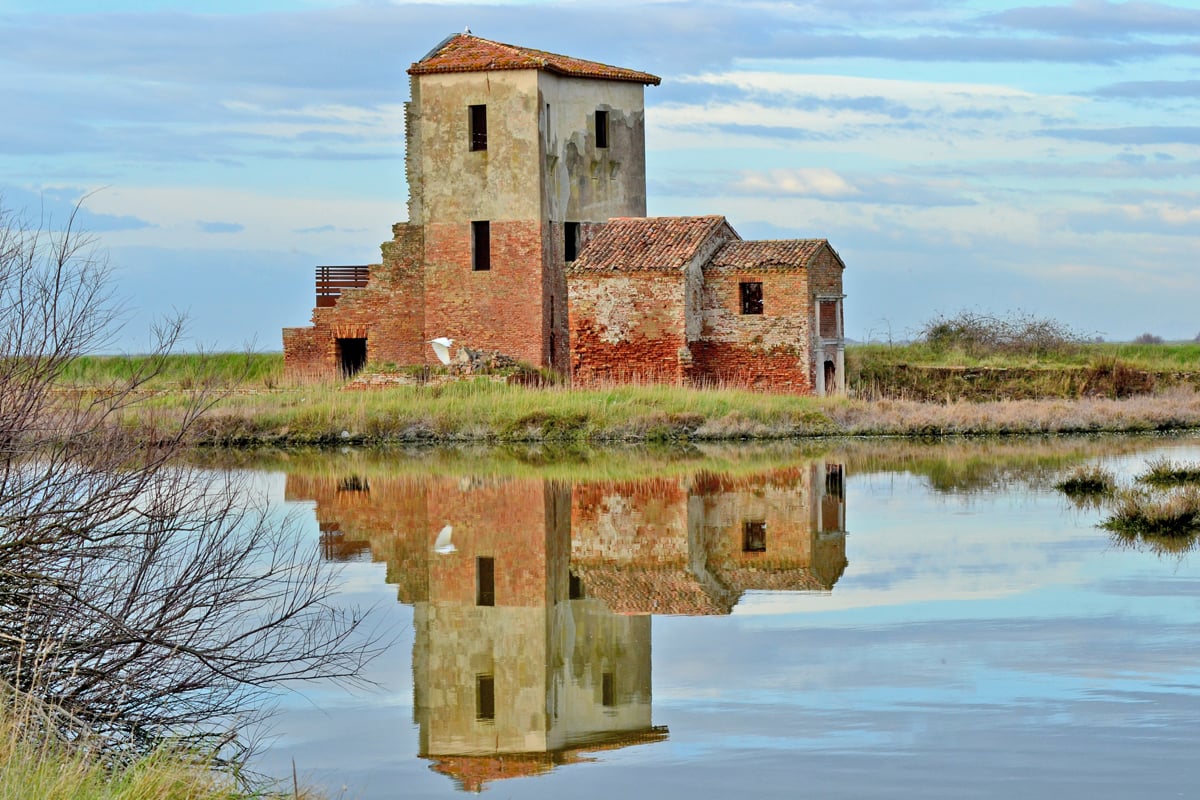
We are in the heart of the Po Delta Park, few kilometres southward of the ancient town of Comacchio, in a delicate ecosystem where the intervention of man tried to bend nature to his social and productive needs.
Even though it is an artificial environment created for the salt production, it stopped working 30 years ago and, today, it is populated by manifold bird species, some are even nesting birds and some others are very rare.
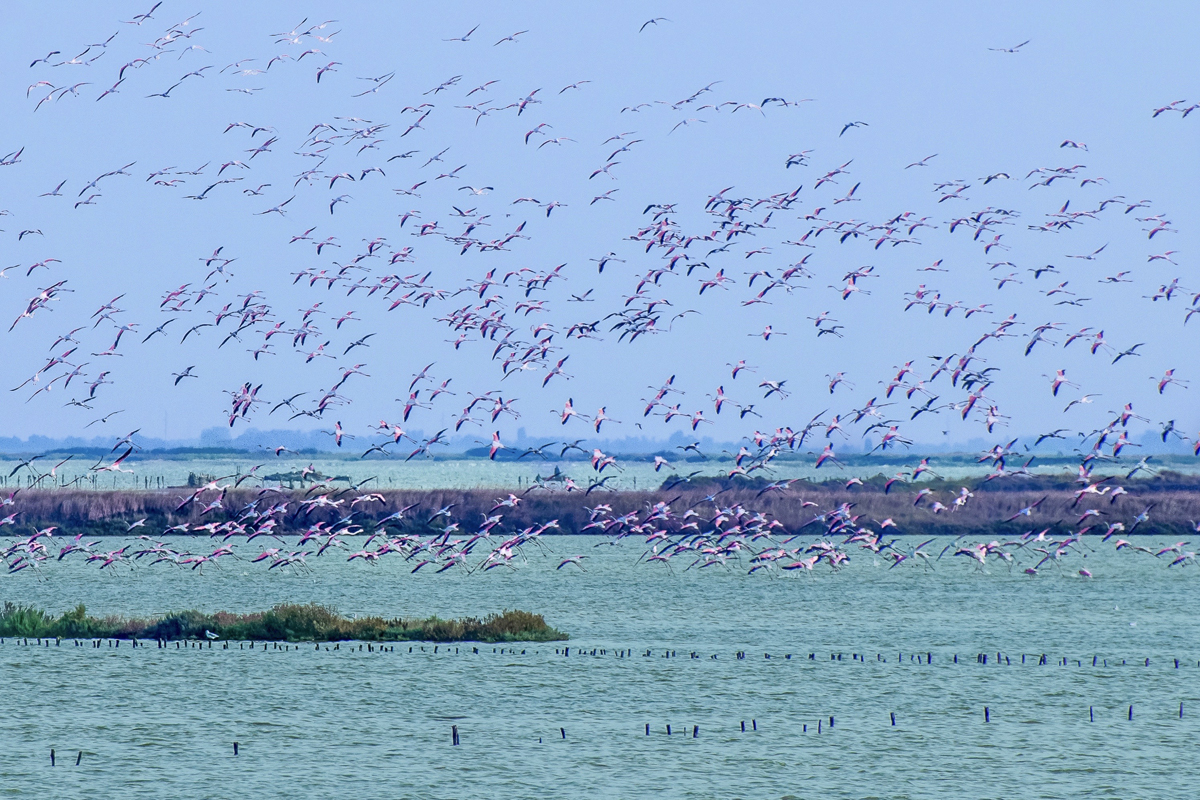
The salt pans can be visited only if accompanied by expert and recognized guides.
During opening hours, from April to October, excursions of different kinds are organised and visitors can also carry out several experiments such as measuring the salinity of the water, observing microorganisms through a microscope or do birdwatching activities along equipped tracks.
Moreover, programmed tours for photographers and nature lovers on foot, by bike or with the sightseeing train, as well as didactic trails for the schools.
To walk amidst the flamingos, pied avocets and shelducks is a unique experience you should enjoy with wide-open eyes and heart and the humility and joy of being the guests of an environment that has been returned to nature and preserved thanks to the work, attention, and research of people, who take care with commitment and love.

Author

Davide Marino
Davide Marino was born archaeologist but ended up doing other things. Rational – but not methodic, slow – but passionate. A young enthusiast with grey hair
You may also like
Slow Spring: 3 months of initiatives in the Po Delta Park
by Davide Marino /// April 4, 2025
5 Experiences to do in the Po Delta Park of Emilia-Romagna
by Elisa Mazzini /// February 18, 2019

Interested in our newsletter?
Every first of the month, an email (in Italian) with selected contents and upcoming events.

